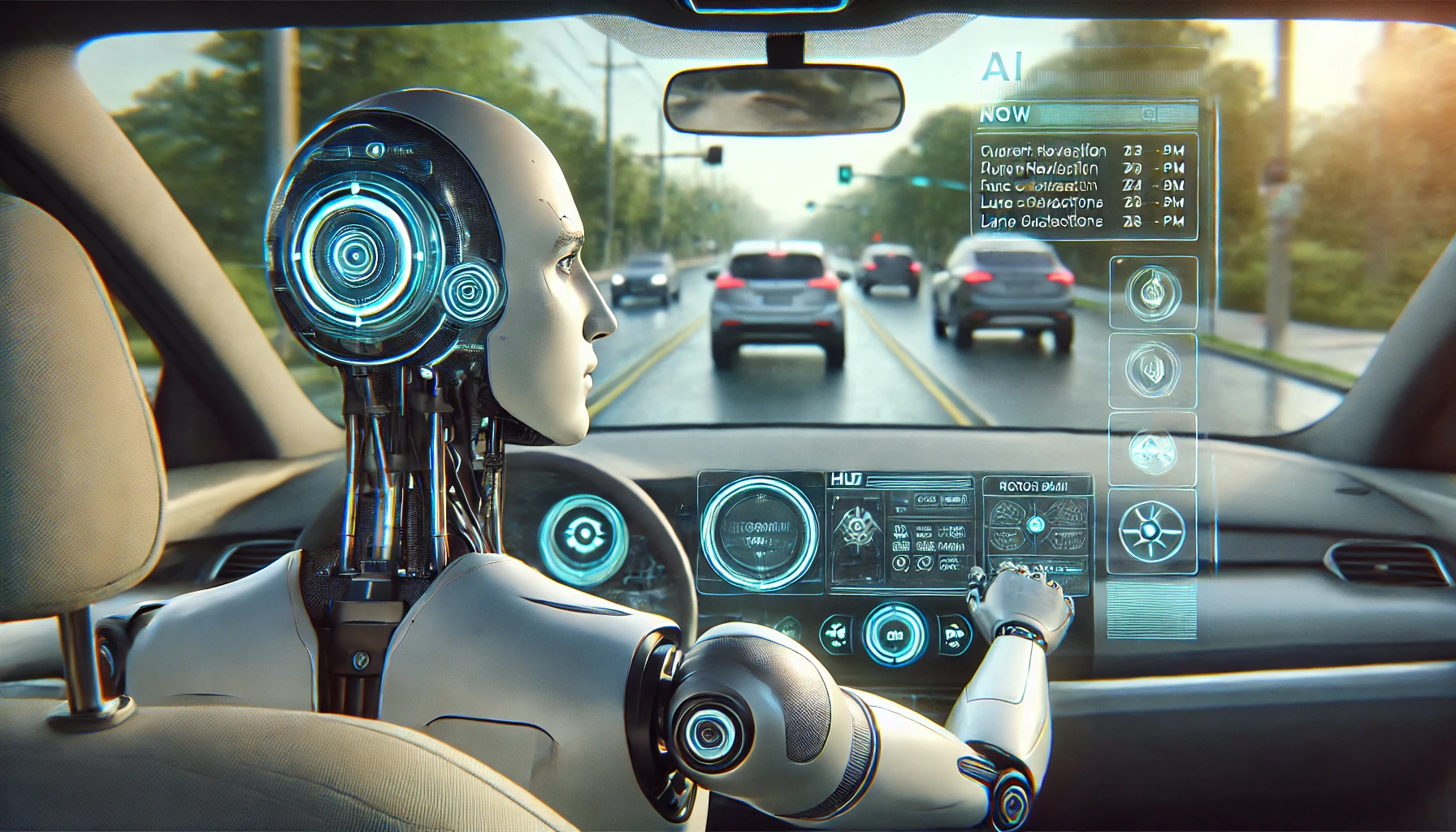
The Rise of Agentic AI: Ushering in the Third Wave of Artificial Intelligence
It has been exactly 41 years since The Terminator (1984) first hit theaters, yet the flashes of its iconic imagery remain vivid—especially the chilling moment when Arnold Schwarzenegger’s cyborg made its eerie presence known. More than just a cinematic milestone, the film introduced audiences to the first machine-learning droid equipped with "Agentic AI."
Often referred to as the third wave of AI development, Agentic AI vastly differs from traditional AI or generative AI (Gen AI), which heavily relies on human input.
Agentic Artificial Intelligence refers to advanced AI systems that reason, autonomously perform tasks, make decisions, and adapt to new situations—a concept once confined to science fiction but now a reality. Agentic AI is among us, but it’s not here to kill us.
If you’ve watched I, Robot (2004), a sci-fi film exploring a future ruled by intelligent machines bound by Asimov’s Three Laws of Robotics, you’ve seen a glimpse of where AI could lead. Agentic AI is similarly constrained, preventing it from evolving unchecked into a threat to humanity.
Yet, this raises an intriguing question—what comes next? Experts predict that Agentic AI will give birth to the fourth age of AI: Conscious AI, a paradigm shift that could fundamentally reshape human society.
Keep reading if you’re still eager to discover how we’re already integrating Agentic AI into our world.
What is Agentic AI?
Agentic AI is a more advanced form of artificial intelligence that can act independently, take action, and complete tasks with little or no human oversight.
Agentic means being “capable of achieving outcomes independently.” While the foundational concepts of Agentic AI can be traced back to the 1980s and 90s, the modern era of Agentic AI began a few years ago, basically with early chatbots.

They do not simply respond to commands but take initiative, solve problems, and complete tasks without constant human intervention.
Think of it like this: if predictive AI is a weather app telling you it might rain today, and Gen-AI is a tool that writes a poem about rain, then Agentic AI grabs an umbrella before you step outside. It is proactive, autonomous, and designed to make assertive decisions.
Its autonomous capability will reshape various industries and bring about fundamental changes in economies, transforming jobs with remarkable efficiency and minimal human intervention, which unfortunately means taking away most human work.
How Does Agentic AI Work?
Agentic AI combines advanced technologies, including Large Language Models, Machine Learning, and Natural Language Processing. These systems are built to understand large and complex tasks, analyze voluminous data, and make context-based decisions.
Moreover, they can interact with other AI agents, plan and execute objectives, learn from their real-time experiences, and adapt to changing situations.
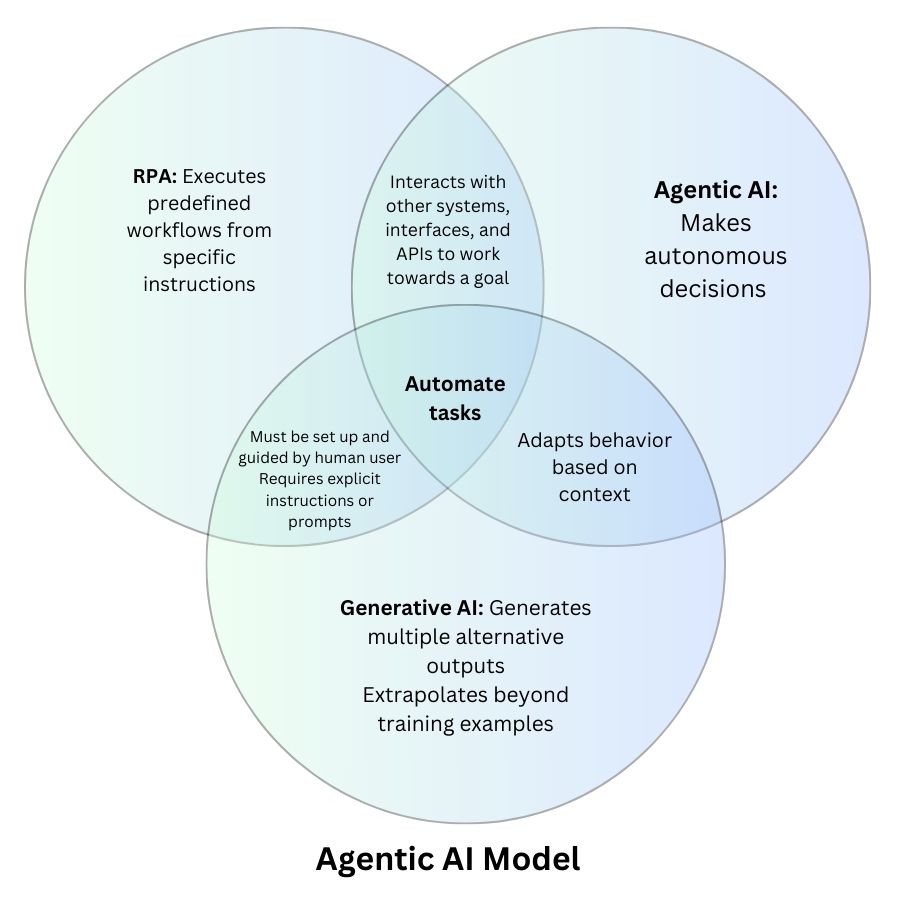
For instance, imagine an AI-based customer service that does not just answer questions but also resolves complaints, processes refunds, and follows up with customers - all without human participation.
Online casinos based on blockchain technology are the best example of Agentic AI, where AI-integrated customer support solves common user queries, tutors with game rules, processes transactions, aids in payments, troubleshoots issues, and makes game recommendations. Other popular examples are voice AI assistants like Siri, Alexa, and Gemini, who can think and resolve queries.
These are how AI agents work and the kinds of responsibilities they can handle.
Examples of Agentic AI We Use Today
Here are five widely recognized and popular Agentic AI tools and software in use today:
1. ChatGPT (with Code Interpreter & Web Browsing)
ChatGPT is an all-purpose AI assistant capable of answering questions, generating content, running programming codes, and retrieving live web data.
It uses GPT-4 Turbo with pre-fed coding data and parameters for generating, editing, analyzing, and iterating code.
2. Google Gemini AI (All-Purpose Assistance)
An AI-powered assistant can handle complex queries, generate text, and integrate with Google products like Search, Docs, and Gmail.
With multi-modal capabilities, Google's Gemini 1.5 (successor to PaLM 2) can generate text, images, and code.
3. Midjourney (AI Art Generator with Agentic Capabilities)
The open-source software autonomously generates art and refines images using AI-powered APIs.
It uses a proprietary AI diffusion model that learns from artistic styles, patterns, and user feedback.
4. Tesla Autopilot & Full Self-Driving
Tesla has always been a forerunner in adopting AI in technology, including designing autonomous cars, rocket propulsion engines, etc.
It enables semi-autonomous and fully autonomous driving using Vision-Based Neural Networks trained on real-world driving data from Tesla’s fleet, allowing navigating roads and avoiding collisions.
5. DJI Drones (AI-Powered Autonomous Drones)
Today, AI-driven drones can autonomously navigate, capture footage, and assist in industrial and defense applications, including crowd control, search and rescue, and military surveillance.
It uses AI-powered Computer Vision & Object Tracking to locate particular objects and scenarios.
Will Agentic AI Replace the Human Workforce
Agentic AI is poised to revolutionize industries by excelling in decision-making, problem-solving, and multi-task coordination. Its ability to operate autonomously means it will inevitably reshape the job market, streamlining roles and automating tasks across various sectors.
Whether we embrace it or not, Agentic AI is on track to redefine the workforce—and at some point, it may replace certain jobs entirely. The question is not if but when.
Let’s see which of the roles Agentic AI will most likely turn obsolete soon.
1. Automating Routine Tasks
Agentic AI will replace jobs involving repetitive and routine services, like data entry or document handling, as it can be trained to handle these monotonous tasks quickly and more accurately. Goldman Sachs reports that AI has replaced 25% of routine tasks across industries.
For example, Agentic AI could manage patient records, schedule appointments, and even remind patients to take their medication in healthcare. Likewise, finance could process transactions, handle general ledgers, analyze market trends, and flag potential risks without requiring an analyst's input.
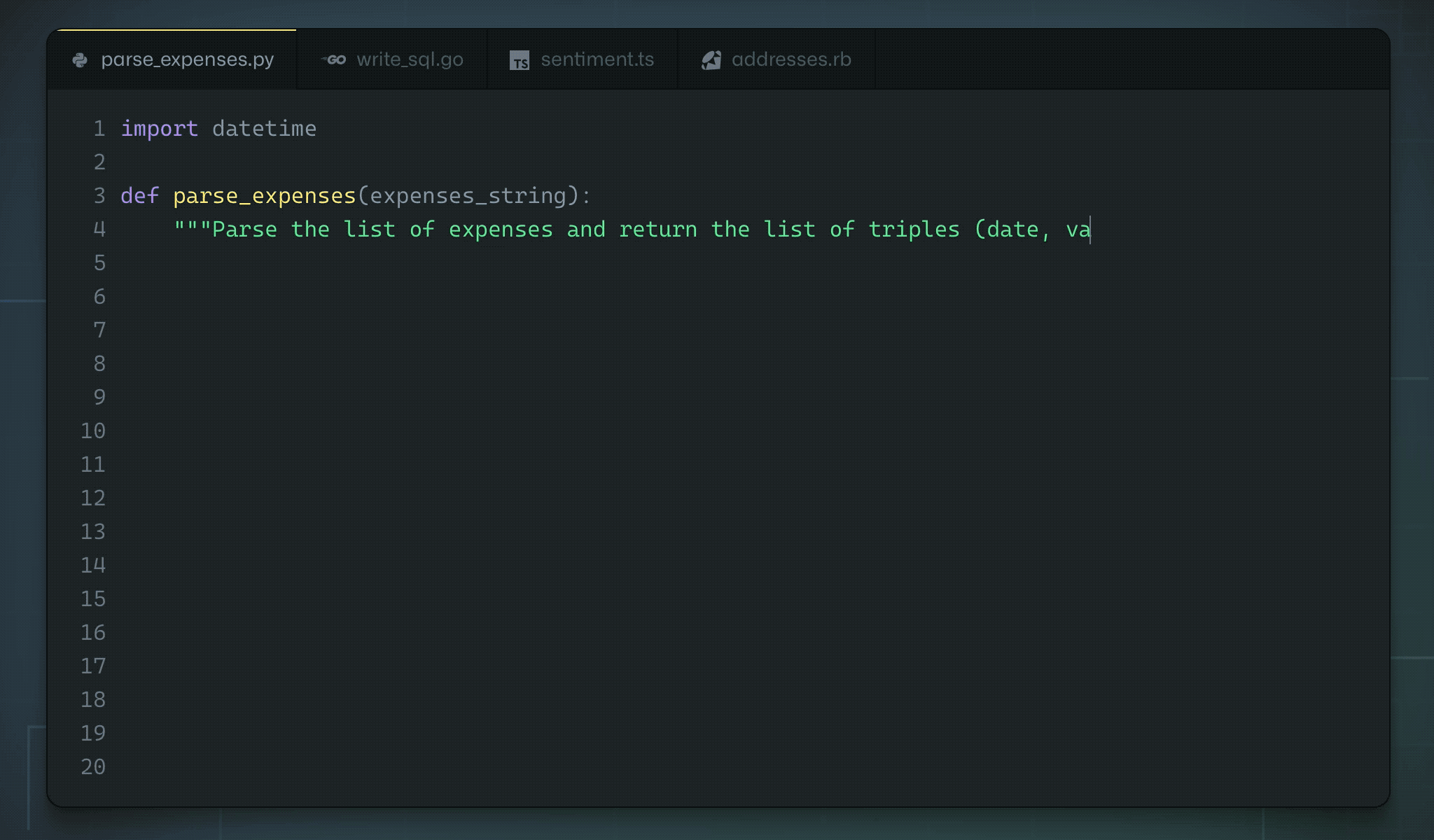
2. Replacing Middle-Management Roles
Middle managers often spend time coordinating teams, tracking progress, addressing emails, making administrative decisions, and completing goals.
Agentic AI can take over these responsibilities as a digital project manager. It can assign tasks, monitor deadlines, handle emails, and provide real-time updates more efficiently and swiftly, reducing the need for office assistants and managers.
One great example of the digital project manager is Atlassian’s Jira, which can plan and monitor projects, raise issues and flags, and track progress across different organizational departments.
3. Transforming Customer Service
Today, customer service roles are already being reshaped by generative AI. Fresh AI recruits handle basic client queries at several places but often struggle when visitors request complex matters.
Agentic AI continuously evolves by self-learning to take over this job completely by better understanding customer intent, resolving complaints, and offering personalized solutions. OpenAI’s ChatGPT model already uses pre-trained prompts and self-learning.
Because of this, companies will need fewer human support agents, especially in industries like retail, banking, and telecommunication - shifting their roles to managing AI systems instead.
4. Revolutionizing Logistics and Supply Chains
In industries like manufacturing and logistics, Agentic AI can optimize supply chains, manage inventory, and coordinate deliveries that operate 24/7, enhancing quality control and maintenance.
Automated warehouses will use AI agents to predict a hike in demand and order supplies during the festive season, adjust delivery routes in real-time, and load-reload-move inventories, all with minimal human involvement.
Amazon warehouse uses Kiva robots (Automated Mobile Robots) based on Agentic AI, where machines work in harmony to transport shelves full of goods and support package fulfillment and delivery.
In recent years, this could easily lead to fewer jobs in warehouses and distribution centers.
5. Managing Human Resources and Compliance Work
While HR professionals will still handle sensitive issues and employee relations, AI agents can reduce their workload by screening resumes, conducting initial interviews, and assessing employee performance.
Similarly, lightweight tasks like local research, contract analysis, and compliance checks involve reviewing massive amounts of data but are pretty straightforward.
AI can process and forward documents, draft contracts, and ensure regulatory compliance, reducing the need for junior workers.
The Future of Agentic AI
The rise of Agentic AI will drive the world toward greater autonomy, seamlessly integrating into households and workplaces.
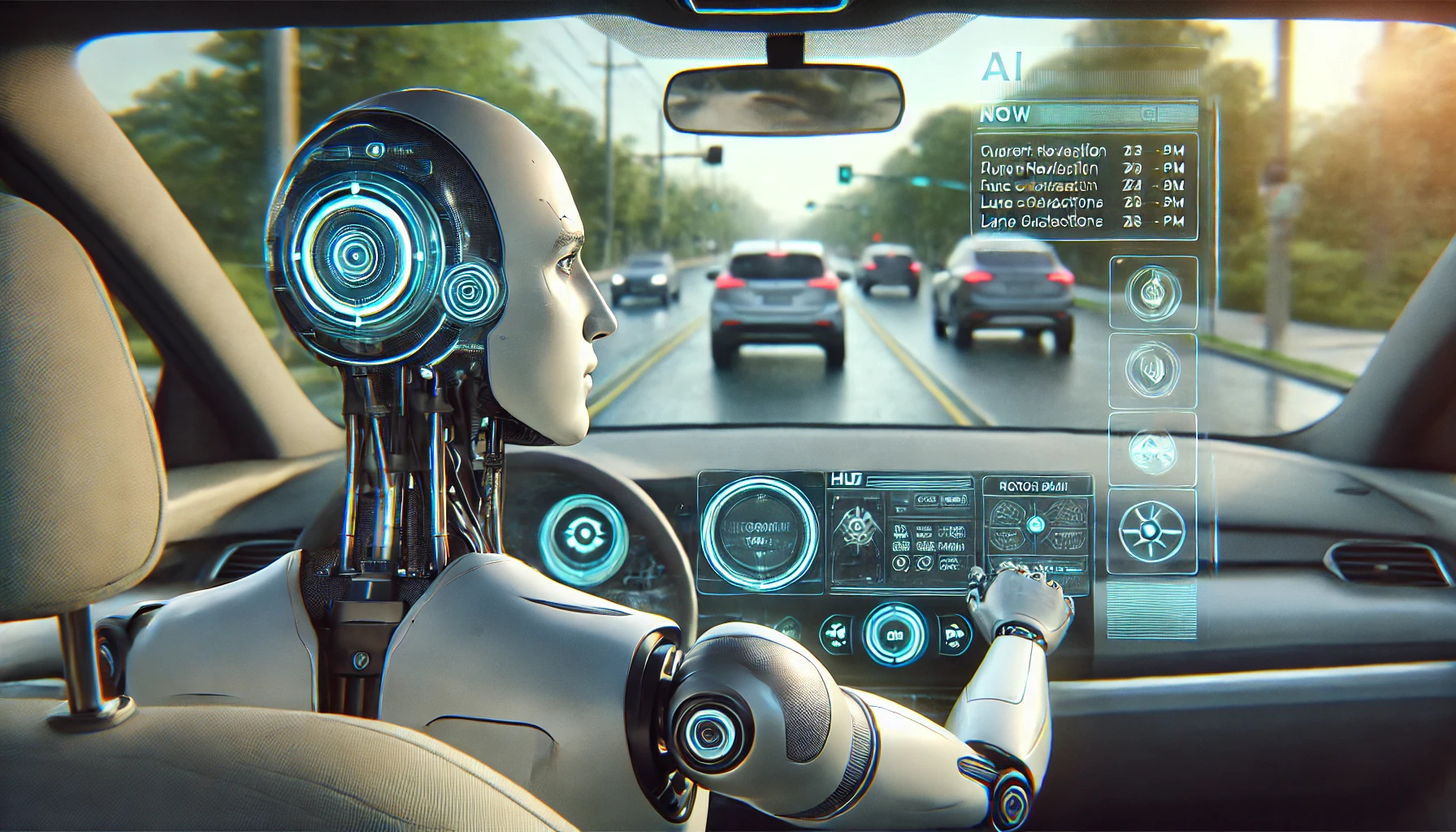
It may be a good time to familiarize yourself with the ethics and safety challenges of AI development and opportunities and skills such as;
- AI Trainers - Opportunity to teach AI how to make better and more humane decisions.
- AI Workflow Orchestrators - Necessity of professionals who design AI-driven business processes.
- AI Ethics and Compliance Officers - Requirement of specialists ensuring AI operates fairly and within legal boundaries.
- AI Literacy - Employees must learn how AI works, interact effectively, and continually evolve with AI to stay relevant in the job market.
- Critical Thinking - Workers must develop skills that complement AI, such as creativity, critical thinking, and emotional intelligence, to make high-level decisions that AI cannot navigate.
- Creativity - Innovating and crafting content in ways that succeed AI.
The anticipated fourth wave of AI is expected to usher in the era of Conscious AI, where machines may develop self-awareness, autonomous reasoning beyond pre-programmed goals, and advanced adaptability. This concept, often depicted in science fiction films where AI either dominates or destroys humanity, is slowly transitioning from fiction to possibility.
While the timeline for achieving such a monumental leap in AI evolution remains uncertain, the greatest challenge lies not in its development but in ensuring its safety, ethical boundaries, and alignment with human values.
- Developers, enterprises, and governments must establish clear guidelines and safety measures as AI becomes more independent.
- Policymakers, businesses, and individuals must work together to ensure that AI is used responsibly and ethically.
- AI must be transparent, reliable, and aligned with human values to prevent unintended consequences.
- The future of work is not about humans versus machines - it is about how humans can better utilize the progress of AI.
Conclusion
No matter how far first-world nations have advanced in Agentic AI development for the betterment of humanity, its true value is diminished if it fails to address pressing global challenges such as poverty eradication, clean water access, sustainable agriculture, and environmental restoration.
Governments and enterprises—the primary drivers of Agentic AI investment—must broaden their vision and collaborate with global organizations, research institutions, and local communities. By doing so, they can ensure that AI-driven progress benefits humanity, not just the privileged few.
The true potential of Agentic AI lies not in serving select industries but in driving inclusive, sustainable change—transforming it from a tool of innovation into a catalyst for global progress.
Related Post
RECOMMENDED POSTS
RECOMMENDED TOPICS
TAGS
- artificial intelligence
- agentic ai
- ai
- machine learning
- deepseek
- llm
- data science
- ai/ml
- chatgpt
- growth engineering
- gpt
- openai
- ai development
- productivity
- data visualization
- data roles
- database management
- data engineer
- data scientist
- data analyst
- gcp
- sql query
- data isolation
- db expert
- database optimize
- customer expectation
- sales growth
- cloud management
- cloud storage
- cloud optimization
- aws
- open source
- climate change
- llm models
- leadership
- it development
- empathy
- static data
- dynamic data
- ai model
- xai
- qwenlm
- bpa
- automation
- healthcare
- modern medicine
- growth hacks
- test
- artificial intelligene
ABOUT
Stay ahead in the world of technology with Iowa4Tech.com! Explore the latest trends in AI, software development, cybersecurity, and emerging tech, along with expert insights and industry updates.

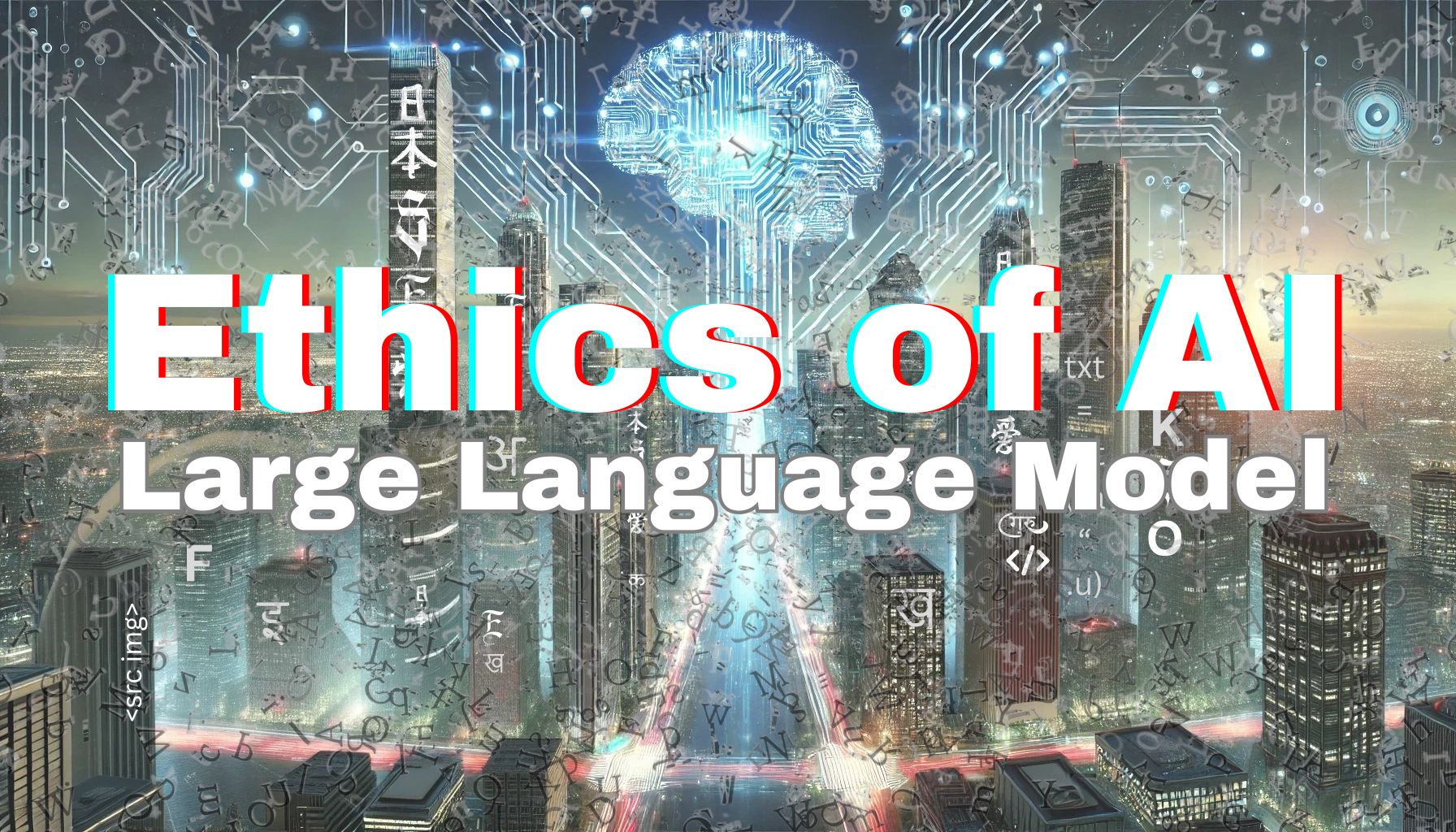

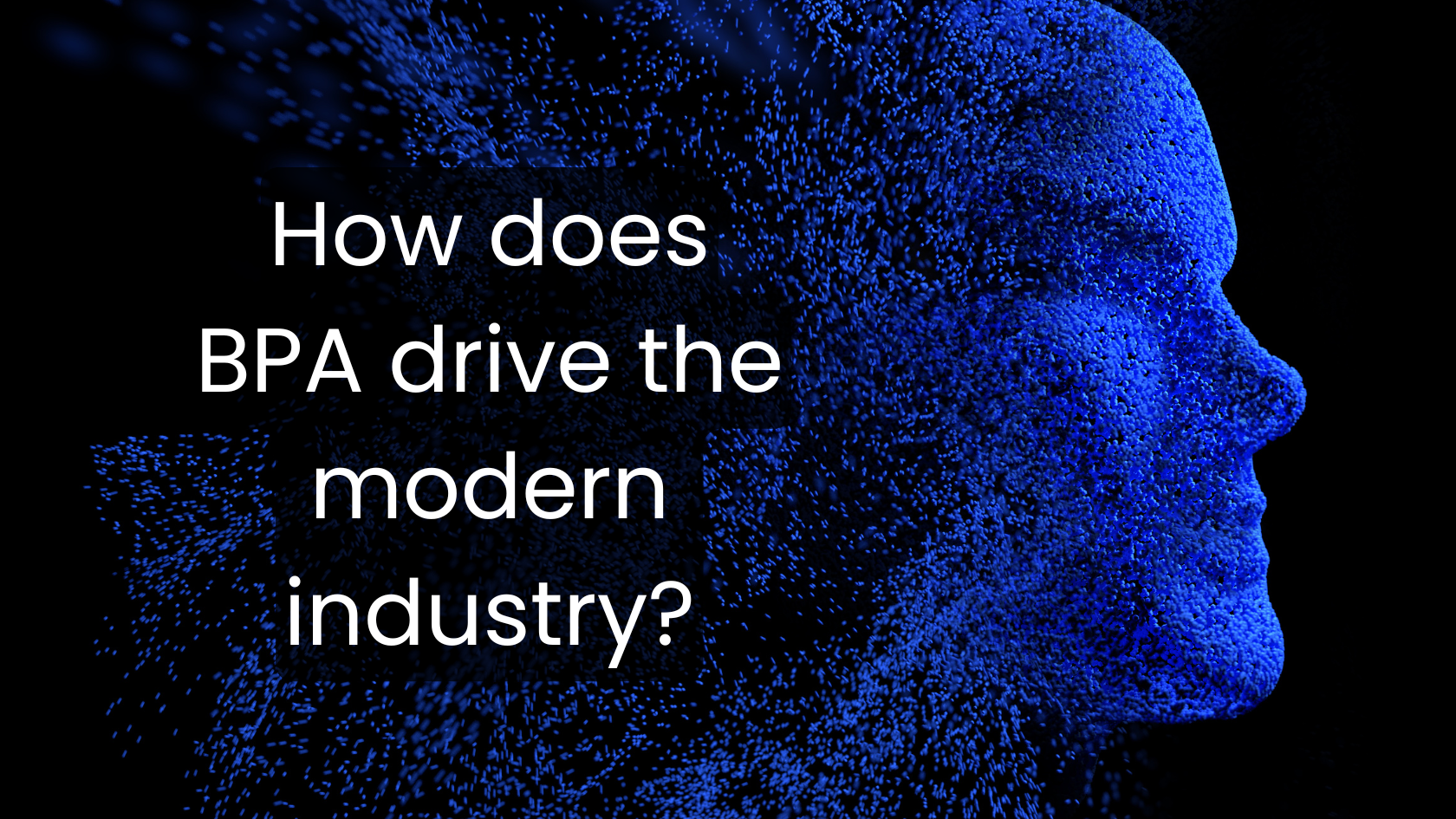
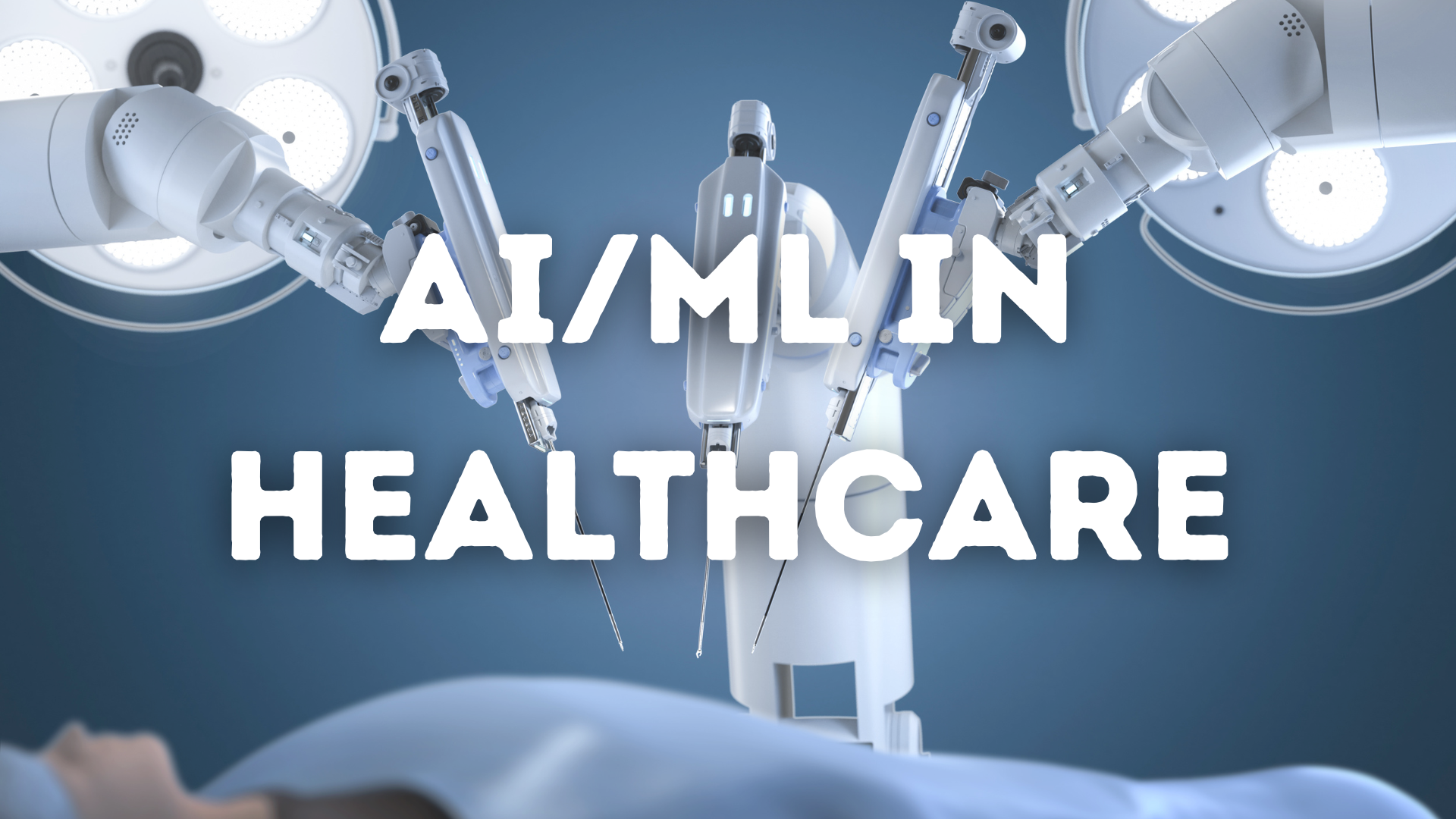
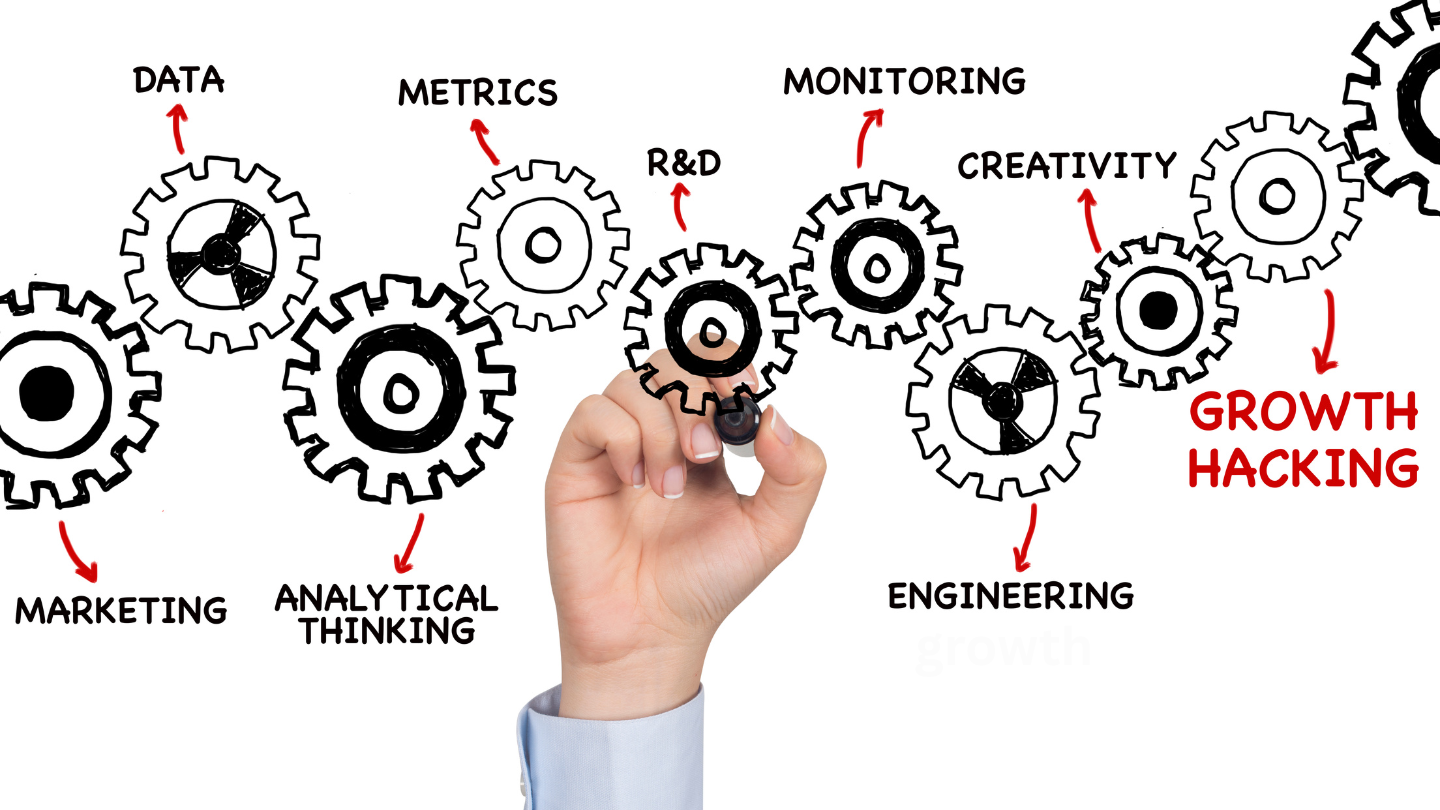
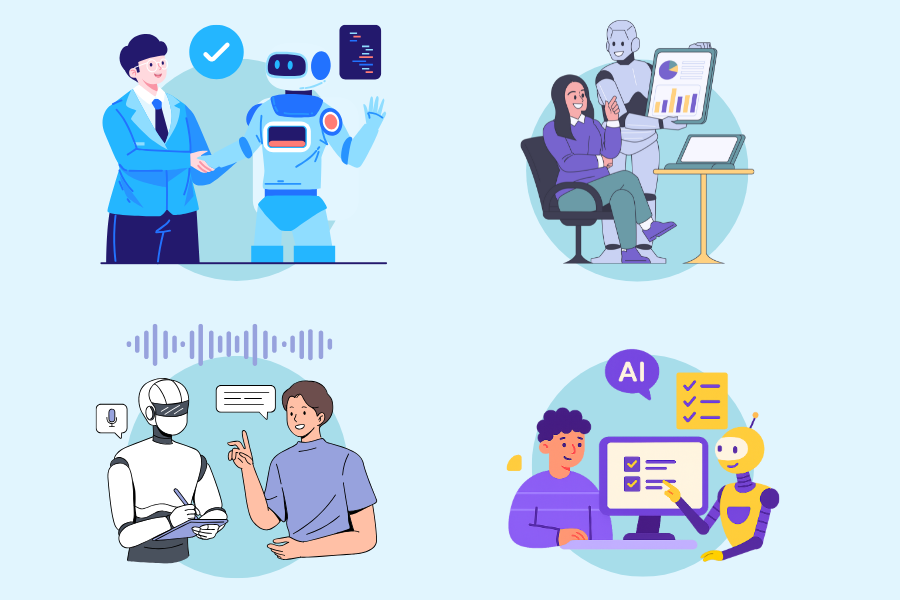
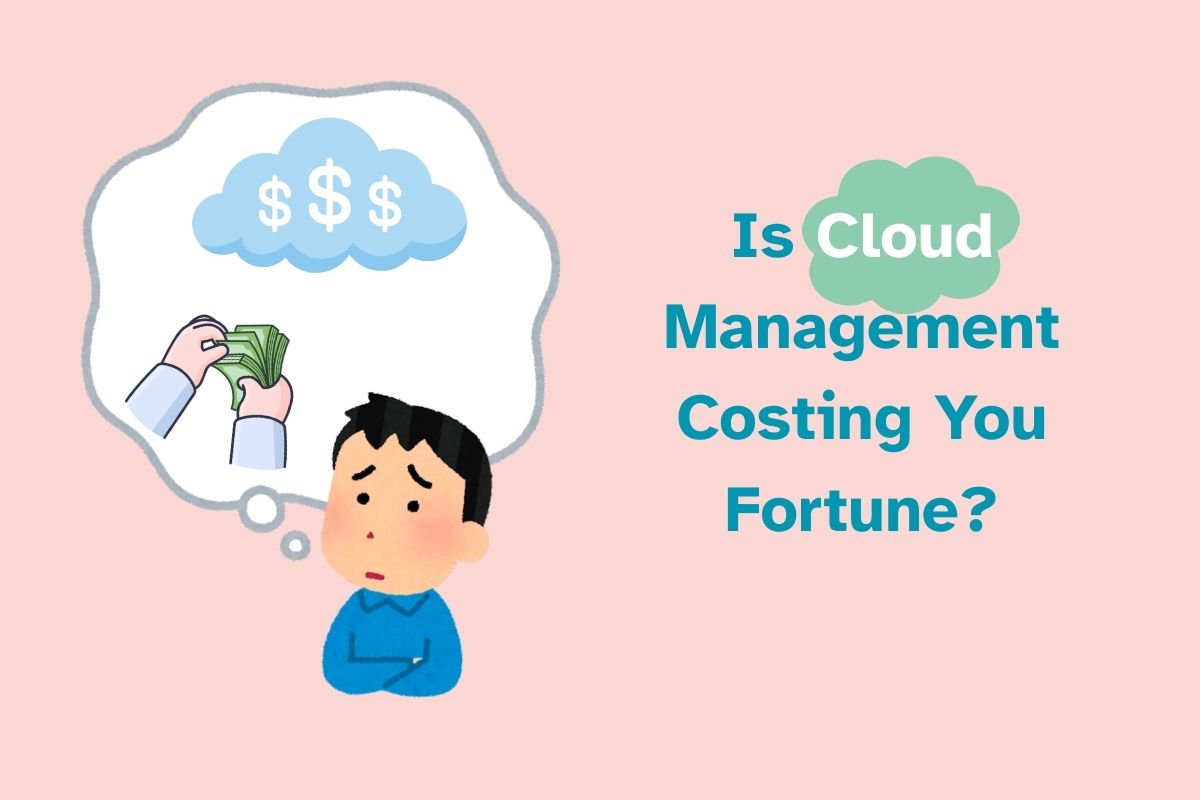
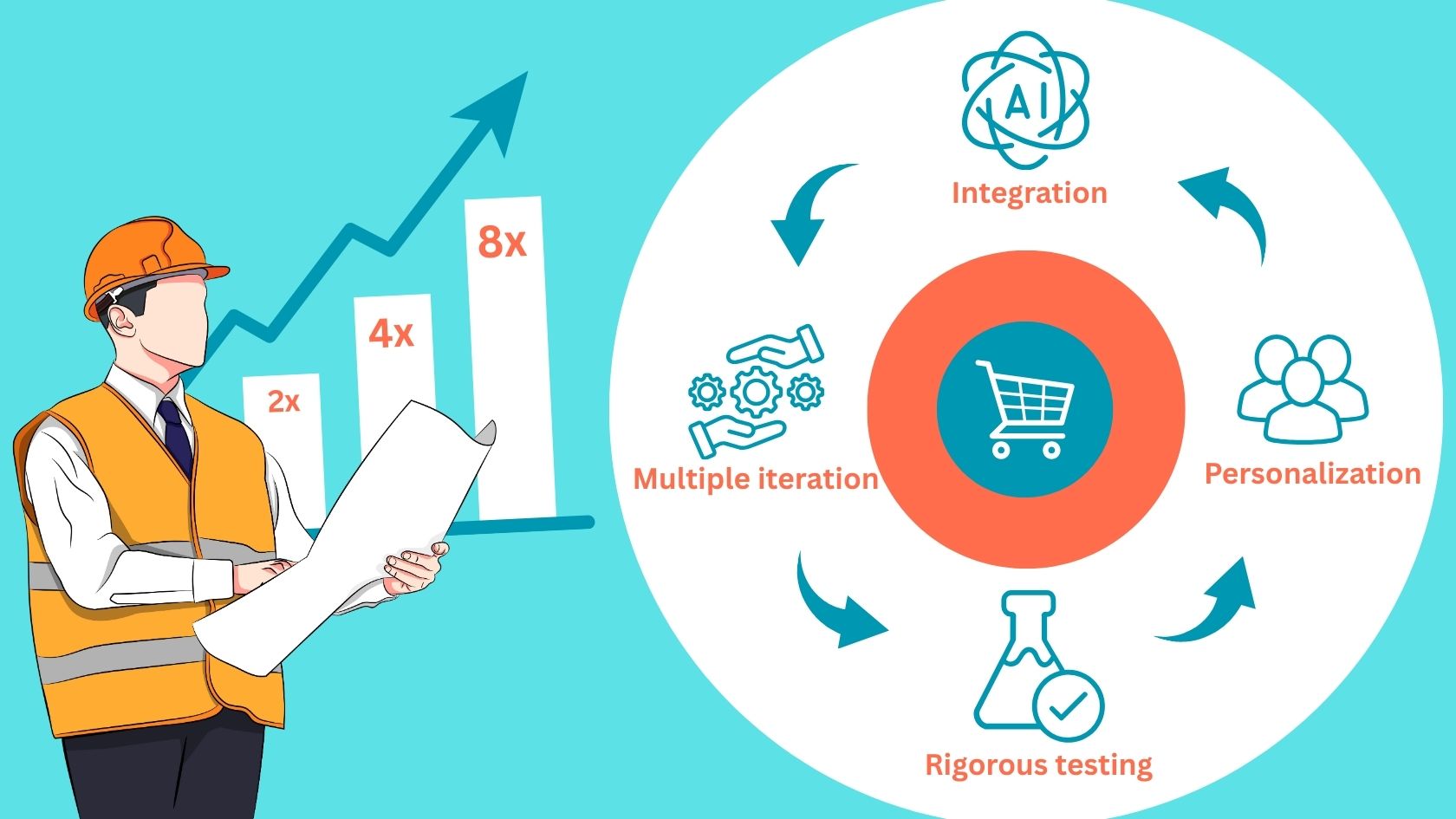
Comments(0)
Leave a Reply
Your email address will not be published. Required fields are marked *